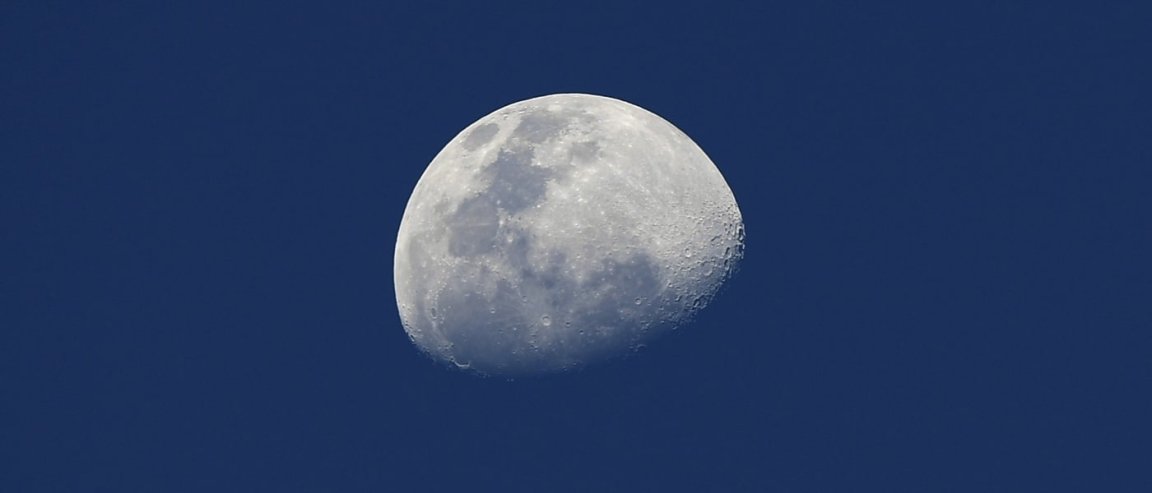
Shifting Surfaces
Scientists are excited about the possibility of studying Mars, the moons of Jupiter, and even exoplanets. But before all of these, we first studied our closest neighbor, the Moon. From age-old Moon myths to actual landing on its surface, we may have unearthed everything there is to know about our closest celestial neighbor.
But not quite. Using data from NASA, scientists discovered new information about how much activity actually happens on the lunar surface – information that might be important if we ever want to build an actual Moon Base.
The team was comparing images from the Apollo missions in the 70s with new images from NASA’s Lunar Reconnaissance Orbiter (LRO) spacecraft. They were trying to find the rate of formation of younger, smaller craters.
By studying an area just 6.6% of the Moon’s surface, they found 222 craters that appeared after the LRO took its first pictures. That’s 33% more than previous models have indicated, meaning there is far more activity on the lunar surface we previously thought.

Extrapolated, that data means that the top two centimeters of the lunar surface gets completely churned every 81,000 years, far faster than the 10 million years previous models predicted.
Orbital Bombardment
This data is important since lunar models become the basis of how we estimate the age of other similar bodies in the solar system. Also, this method helps better approximate the ages of specific sections of the lunar surface.
NASA reports that this study will have bearing on how lunar habitats will be built. They will have to withstand not only the lunar elements, but also direct bombardment from falling rocks and the debris from nearby lunar impacts.
“The increased churning rate will be important information for future designers of moon bases, said Emerson Speyerer, leader of the study, to NASA. “Surface assets will have to be designed to withstand impacts from small particles moving at up to 500 meters per second.”